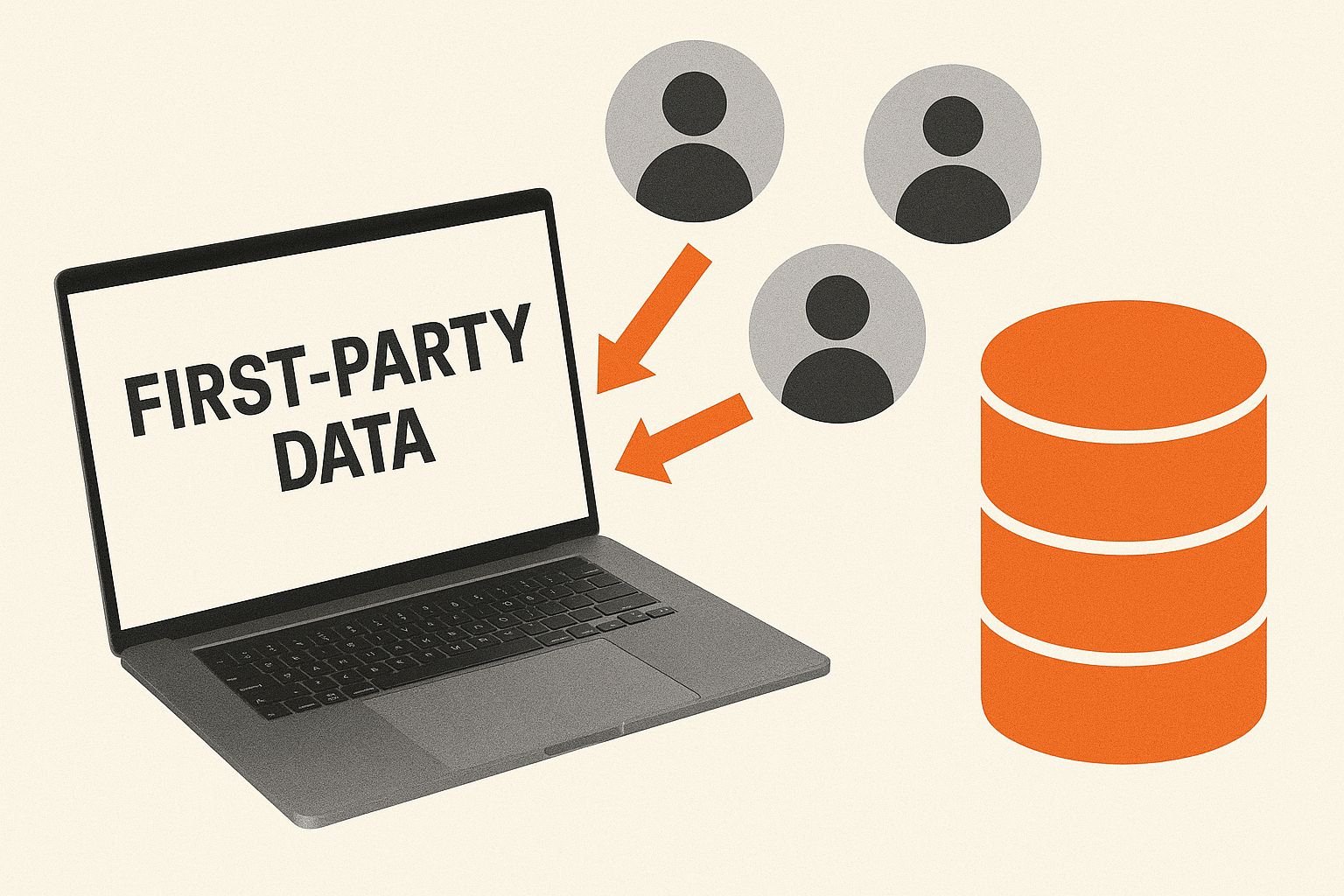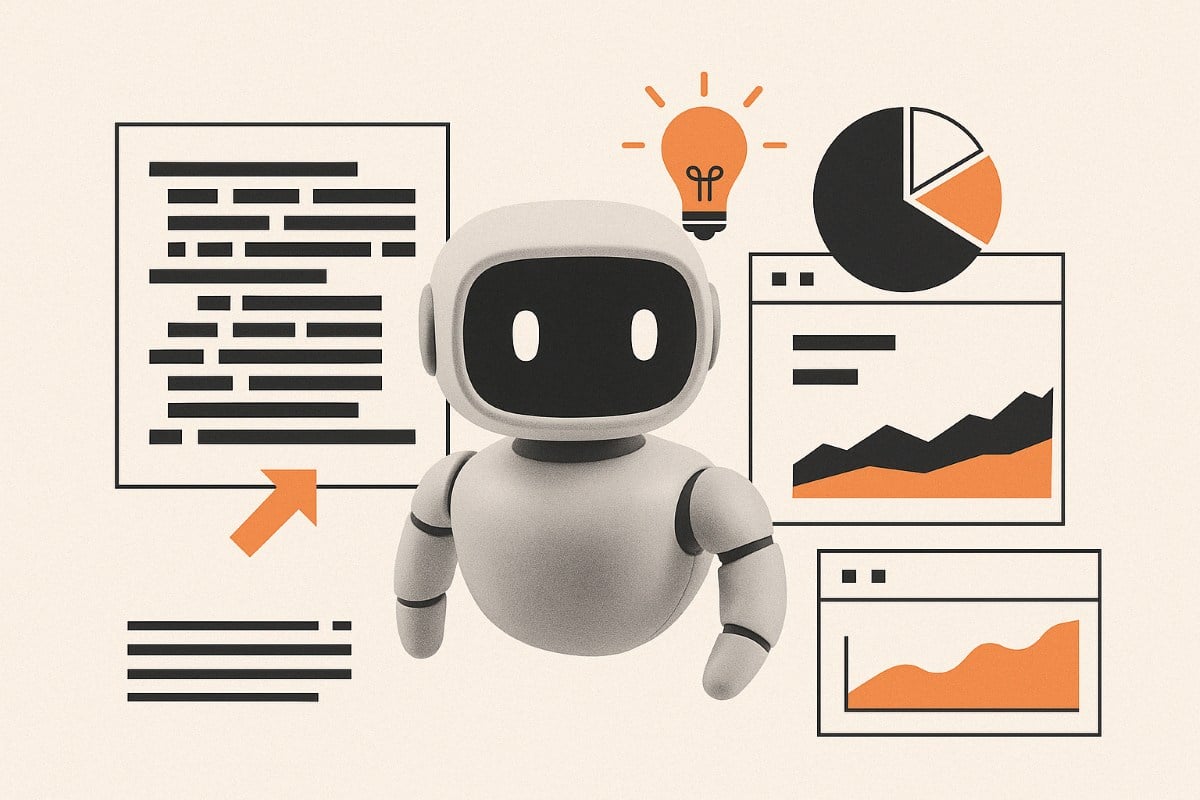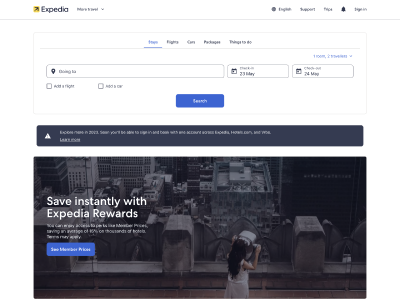Why Adopt a Culture of Experimentation?
A culture of experimentation allows creativity and innovation to grow without fear. A test’s failure can be a valuable learning opportunity to confront your assumptions, so trying to improve your business in this way can lead to significant growth. However, in order to have a successful experimentation programme, it’s crucial to have a culture of experimentation within the company.
Breaking down your ideals to encourage innovation can be difficult. Getting things right the first time is something businesses have always valued. Despite this, if you can create a culture of customer research and experimentation, you can prompt beneficial change to your growth.
There is no user’s manual for how to create an optimisation culture in your company, and it will require a lot of team effort but the following will help put you on the right track.
Share Your Failures, Successes, and Learnings
Celebrating progress is essential to maintain a positive outlook on the products of your A/B testing. By nature, we tend to talk about our successes more than our failures, but we can learn just as much from a failed experiment as a winning one.
In order to improve and learn from mistakes, you need to make people aware of the outcomes of each test. This kind of transparency can encourage others within your company to get involved and provide support which in return, can increase the impact of your efforts.
Meetings
There are many ways in which you can share your results with your team. A monthly meeting can be very effective, as people build off the ideas of others and ask questions in a more casual environment than a company-wide email, for example.
Social Media
Social media can also be a great tool, although you will need to be more strategic about how you frame each experiment. It is essential to maintain an optimistic attitude about failure, so as it is taken lightly, but on social and other written platforms you will need to ensure nothing can be taken out of context. This is why documenting your efforts and results is so important. Collaboration tools are also available for this exact purpose like Effective Experiment, Iridion or Liftmap.
Documentation
In order to optimise time and effort, you should leverage your previous findings as much as possible. Jumping from one idea to another is time and resource expensive. Make sure you’re not jumping ship too quickly.
Your documentation will also allow you to return to older results and hypotheses, thus allowing you to avoid making the same mistake and leverage what you know.
Demonstrate the Benefits of CRO and Secure Buy-In
Convincing executives to try something new, with a higher potential for risk than what they’re used to, will always be a challenge. You will need to start by slowly introducing the concept of experimentation, and demonstrate the benefits effectively by showing results. Give them quick results by focussing on low hanging fruit.
“We did X and its impact was Y. We expect that we will reach Z by next quarter.”
This will allow you to gain their trust in the short term. Then, it’s crucial to run testing that verifies your claims, as data is what will reassure them that your plan will be successful, and will finally secure buy-in.
In the early stages of winning the executives over, you will want to highlight the benefits of optimisation culture in a very broad sense. Then, you can focus on what your executive team will care about most, whether it be sales, finance, or growing your digital presence.
Document the Process and Get the Team Involved
Documenting your success, failure and learning opportunities is only the beginning of what you should document in order to keep your experimentation effective.
Outline Your Goals
Start by clearly outlining your goals and what metrics you need to watch to make it easier for everyone to follow. This will give you a quick reference point (in conjunction with your conclusion) to see which experiments were effective. Make this available to everyone so others can view your process, and possibly improve upon your results.
Document Your Process
On top of this, you should document the basic process you went through. This will allow you or others to identify any potential flaws in your process, thus crowd-sourcing the QA of your results.
Include a summary of issues fixed, those unfixed, and the overall profit margins for implementing these changes to help others in their own experimentation. This will be an effective measure of your work’s success, which you can use to endorse its implementation.
Share Your Resources
Make these resources widely available to grow a supportive team. Seeing the attempts of others can prompt employees to explore their own solutions, propose their own hypothesis and thus increase the number of possible experiments. When people feel included, they are more engaged.
Educating your staff in this way can lead to greater confidence in your A/B testing culture, as well as encouraging them to get involved.
Brainstorm and Collaborate – Work Out Loud
The team dynamic is one of the most important components of optimisation culture. For the experiments to be effective, you need a large number of hypotheses to be tested frequently, allowing for hypotheses to be developed over time. You will need a team of people who can build these hypotheses, and use A/B testing to prove their validity.
Hold Brainstorming Sessions
The best way to maintain a culture of experimentation, other than making all documentation surrounding it open-source, is to hold frequent brainstorming sessions. Sharing all possible ideas in these sessions can allow for expansion on certain concepts, leading to the development of innovative solutions. It needs to be a welcoming environment, where all ideas, no matter their scope or likelihood of success, are encouraged.
Allow people to have different opinions, in the hope that they will develop ideas that aid both sides. However, you need to make sure that no one uses their opinions or position to shut down the ideas of other attendees (Highest Paid Person’s Opinion). Treat all people and experiments as equals, so as to provide an environment conducive to creativity.
If all of these facets of an experimentation culture can be introduced, then the eventual implementation of experimentation and A/B testing is likely. If you document everything, highlight all your results (both positive and negative), create a collaborative environment, and get your superiors on board, then this culture of experimentation can provide your company with serious growth.
















